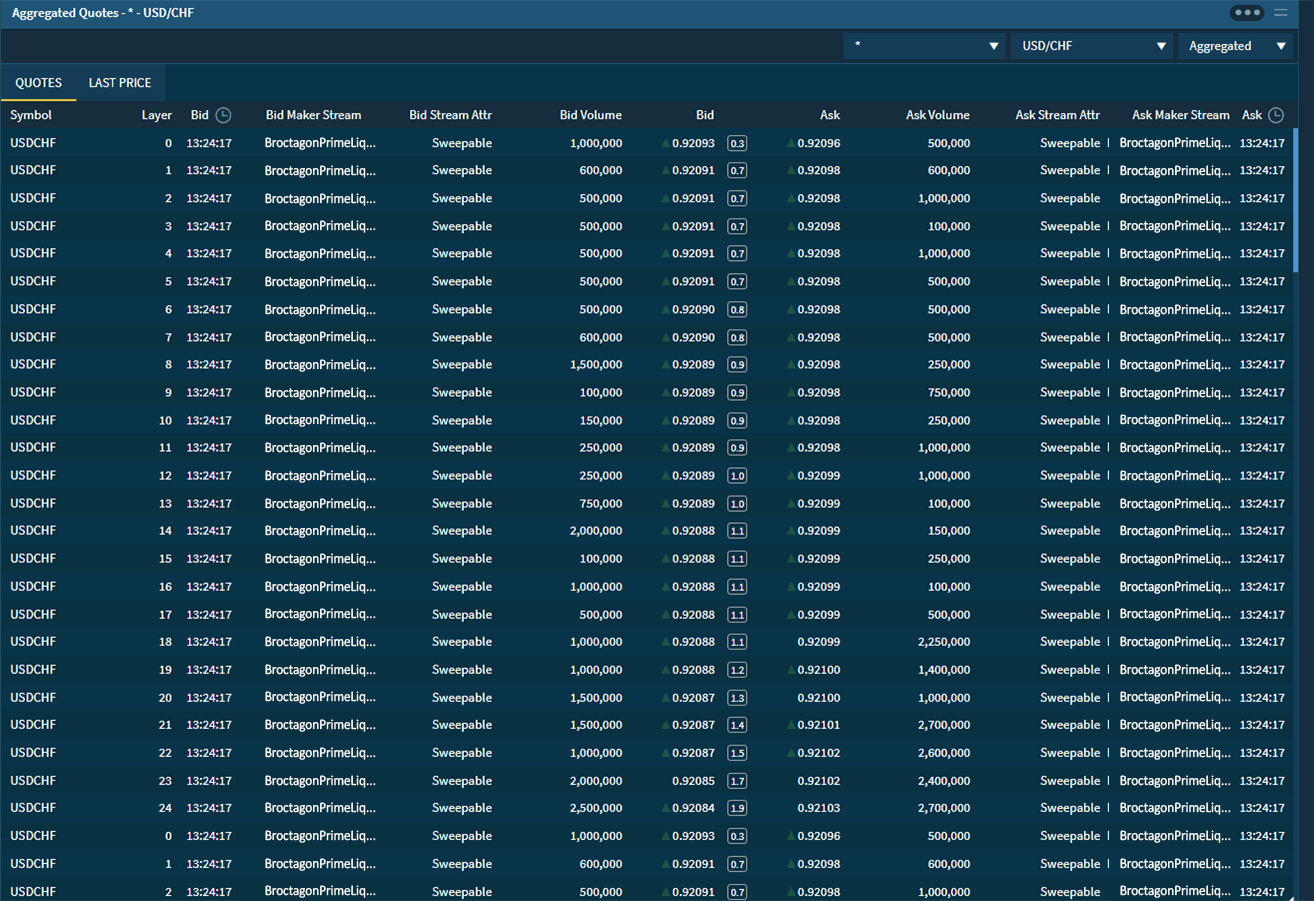Preparing Crypto Liquidity For Economic Recovery And Rising Demand

Published on

As more countries emerge from lockdown, initial stages of economic recovery are in sight. Ted Quek, chief technology officer of Broctagon Fintech Group, explains how, as trading volumes begin to pick up, the crypto space must adopt liquidity standards similar to those of FX markets, in order to scale new peaks / set new milestones.
12 March 2020 was hailed ‘Black Thursday’ across financial services globally following a dramatic stock market plunge. As the pandemic concerns began to force countries into lockdown, markets became rife with uncertainty.
Since then, the notoriously volatile Bitcoin market has been experiencing unfamiliar periods of stability. In June, Bitcoin volatility hit a 3-month low, with trading volumes slumping. Typically, periods of prolonged stability signify dramatic swings in either direction on the horizon. Following May’s ‘Bitcoin Halving’, many investors are tipping a multi-year bull run to take off towards the end of 2020.
While demand for bitcoin is rising again, liquidity and trading standards remain in question. Within the crypto space, the liquidity technology is not up to scratch and lacks the traditional currency markets’ capabilities to analyse the state of trading venues and place the most opportune orders.
So – as markets start to show glimpses of recovery and more participants enter, how can crypto markets operate as sophisticated as their traditional, FX counterparts?
Aggregating liquidity
Market players – both old and new – will need access to pricing information to generate the best returns on investment. And due to siloed liquidity in the fragmented crypto ecosystem, crypto is plagued with price disparities across exchanges.
To combat this and provide deep liquidity, the crypto space requires more innovative solutions capable of aggregating liquidity and channelling price feeds between exchanges to give investors the best pricing options. What FX markets have mastered, the crypto space certainly lacks. For example, the FX markets have long provided Straight-Through-Processing (STP) liquidity, where interbank liquidity is aggregated using Smart Order Routing (SOR) processes, feeding the same best prices for traders regardless of platform.
Therefore, to address the gap in the crypto space, companies are competing to develop technology such as Smart Order Routing (SOR) processes that model those in FX. As a result, this propels the current crypto market into an STP model, where exchanges can have an order book which consolidates the pricing information from grouped top sources of liquidity. With such a model, crypto exchanges can now hedge their risks upstream, as well as consistently provide traders the best prices and tightest spread at any given time.
Such effective, innovative solutions can offer investors real-time price offer quotes, allowing traders to continually make informed decisions that suit their needs amid high market activity.
A level playing field for exchanges
As expected with price disparities, smaller crypto exchanges are stretched more than their larger counterparts. This is because, with a fragmented liquidity landscape, orders are infrequent, and the subsequent price discrepancies make it difficult for them to compete with the likes of Coinbase, Huobi and OKEx.
In traditional markets, economic crises have been known to provoke innovation. For instance, since 2010, fintech giants Monzo and Revolut have famously championed personalising the customer experience (CX) in banking, making a name for themselves causing rippling effects throughout the sector – and they continue to grow.
That said, the crypto space should also need no invitation to innovate as well. In fact the number of crypto exchanges globally is growing. More individuals want to start exchanges and build communities within the space. Not only does this present an opportunity to be part of a decentralised financial environment bigger than oneself, it allows for ownership – a stake in this increasingly popular game.
So, to accommodate those entering and remaining within the growing ecosystem, smaller exchanges could benefit from reinvented liquidity solutions to ensure investor needs are met, allowing them to compete. As with price feeding, trade orders on exchanges can be executed quickly, with limited slippage. This subsequently ensures even the smaller or novel exchanges can immediately achieve market depths comparable to those of larger exchanges.
Looking to the future
Crypto has come a long way from being the latest financial buzzword. Instead, while still in its early stages as an asset class, it’s take further strides towards conventionality. And although financial markets have been rocked considerably in 2020, history has taught us that they have and will always bounce back. Fittingly, Bitcoin has recently exceeded $11,000 USD, reaching its highest point since March. So, as investor demand continues to pick again, a crypto space that can demonstrate sophisticated trading capabilities across exchanges and pricing consistency will be key in retaining participants and driving crypto further towards mainstream acceptance.
Read the full article on Block Tribune.

Ted Quek
CTO, Broctagon Fintech Group
About Broctagon Fintech Group
Broctagon Fintech Group is a leading multi-asset liquidity and FX technology provider with over 15 years of global presence across China, Hong Kong, Malaysia, India, Thailand, and Armenia. We deliver performance-driven, bespokesolutions to more than 350 clients in over 50 countries, offering institutional-grade liquidity, brokerage and prop trading solutions.













